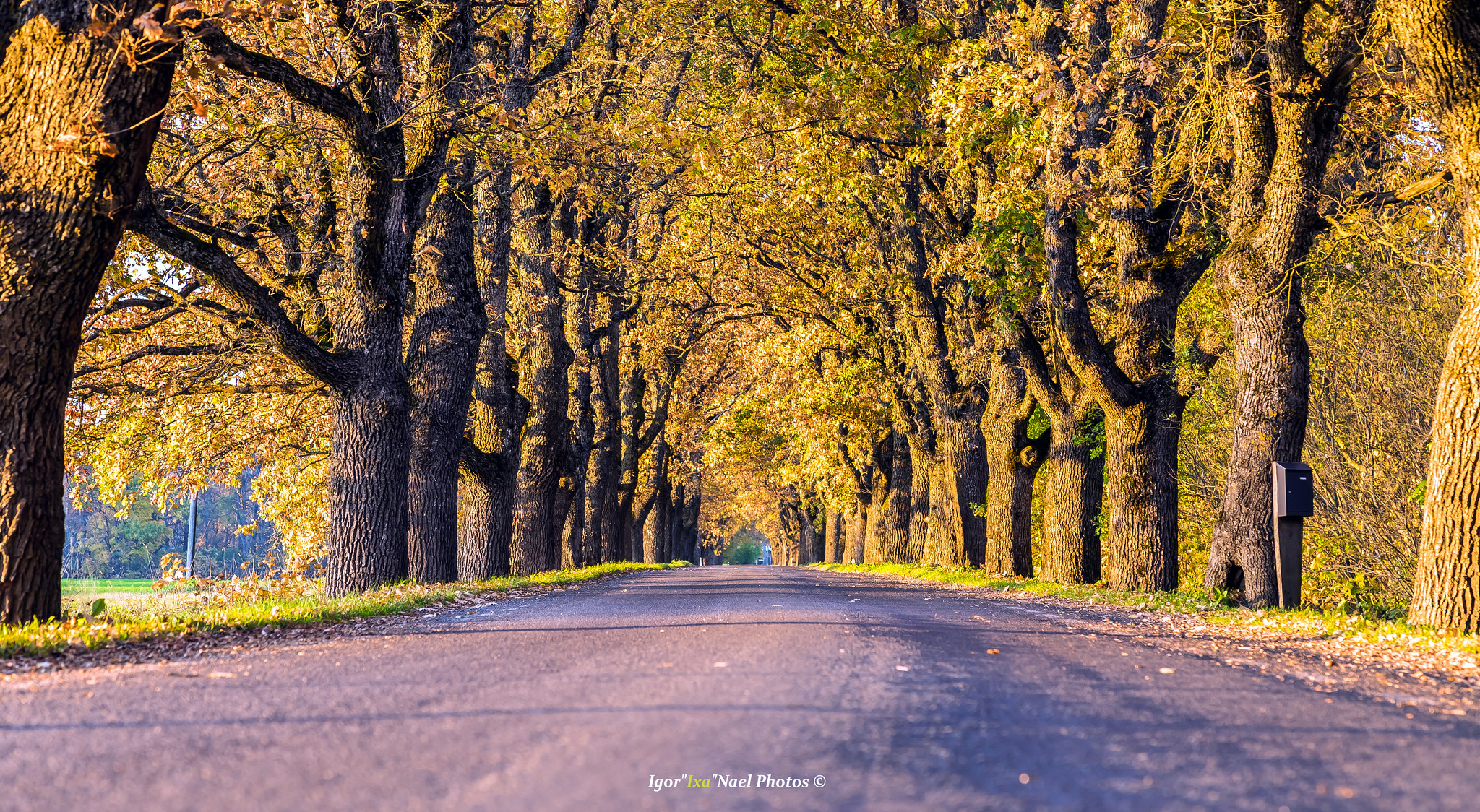Valuable landscapes were defined in Estonia in the early 2000s
Valuable landscapes are areas with diverse land use and vegetation, which contain elements defining local identity as well as habitats for various species of animals and plants. The value of a landscape can be cultural-historical, recreational, aesthetic, identity-related, and natural.

Cultural-historical value is attributed to the traditional cultural landscape, which largely preserves the settlement structure and road network, as well as places associated with myths and historical events. Individual elements from different eras add value. The value of objects depends on their condition and on how rare they are or how characteristic they are of the area.
A landscape with recreational-economic value has alternating terrain and vegetation. Forest communities, water bodies, and sights are represented there. Good accessibility is a prerequisite for value.
Aesthetic value is subjective in nature because it is based entirely on people’s opinions. When assessing landscapes, their beauty, diversity, condition, and uniqueness are taken into account.
Identity-related value is attributed to areas and objects that are important to local people.
A landscape with natural value is rich in valuable habitats, protected areas, clean water bodies, primeval forests, and semi-natural communities. There may be natural or near-natural elements, such as boulders, karst forms, outcrops, avenues, and field islands.
In Estonia, valuable landscapes were defined in the early 2000s with the thematic plans of counties.
The use of valuable landscapes is governed by the county’s thematic plan.
The county’s thematic plan sets out the conditions, recommendations, and requirements for the use of valuable landscapes, which must be followed by the protection, maintenance, and, in some cases, organisation of restoration at the local level. For example, if the value of a road section with a beautiful view is also its winding course that follows the elements of the terrain, then straightening these road sections must be avoided. Awareness of valuable landscapes helps direct resources to the preservation of cultural heritage, but also to the preservation of traditional settlements and land use, as well as landscapes and biodiversity.
Landscapes of cultural-historical value are mainly threatened by the fading agriculture and the depopulation of villages, which leads to the overgrowth of open areas and the deterioration of buildings. Construction activities in attractive coastal or peri-urban areas as well as clear-cutting can threaten landscapes. Recreation areas in urban and peri-urban areas and coastal areas are primarily threatened by the economic exploitation of valuable landscapes, but also by the lack of maintenance and vandalism. On the one hand, areas, habitats, and elements with natural value are threatened by reckless economic exploitation and on the other by the cessation of economic activities (such as mowing) [1].
For example, the list of valuable landscapes of Viljandi County includes 41 objects, of which six are landscapes of potential national importance, 13 landscapes are of county importance, and 23 landscapes are of local importance [2]. In Pärnu County, 33 valuable landscapes have been defined, including Tori, Soomaa National Park, Rannametsa, Kihnu island, and the Pärnu beach [3].
According to the Planning Act, the preservation of valuable landscapes is the function of national, county, and comprehensive plans.
Last modified: 30.11.2021
__________________________________________________
[1] K. Hellström, H. Alumäe, A. Palo, H. Palang, H, K. Sepp, A. Koppelmaa. Väärtuslike maastike määratlemine. Metoodika ja kogemused Viljandi maakonnas. 2001. https://docplayer.se/108002546-Vaartuslike-maastike-maaratlemine.html
[2] K. Hellström. Viljandimaa väärtuslike maastike ja reservalade inventuur 2014–2015. https://maakonnaplaneering.ee/wp-content/uploads/2021/10/1_Viljandivaartmaastike_inventuur2015.pdf
[3] Pärnu maakonnaplaneering. Lisa 3: Pärnumaa väärtuslikud maastikud. Pärnu maavalitsus, 2018. https://maakonnaplaneering.ee/wp-content/uploads/2021/09/Lisa-3_-Parnumaa-vaartuslikud-maastikud.pdf